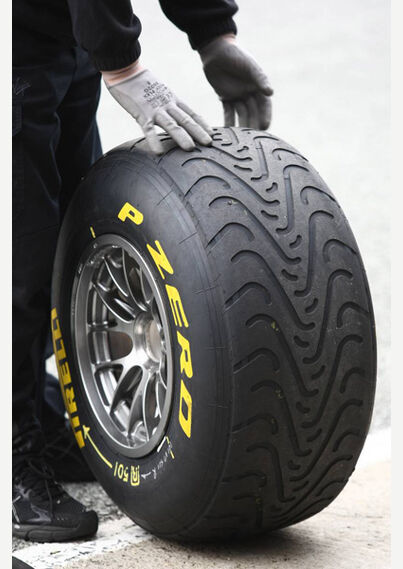Affiliate disclosure: Automoblog and its partners may be compensated when you purchase the products below.
Pirelli tires are made for speed, comfort, and expert handling. They’re well-known in the automotive industry, but are they the right tires for you?
In this review, we’ll discuss Pirelli tires in depth, including the company’s quality, popular models, costs, customer feedback, and more. We’ll also go over which kinds of drivers should consider other brands.
After researching the tire industry, our review team compiled a list of the best tires and brands currently available. To start comparing prices from a variety of highly rated brands, including Pirelli, visit TireRack.com.
Established in 1872, Pirelli is an Italian tire manufacturer best known for its high-performance models. Pirelli tires are used by some of the biggest luxury names in the industry: Maserati, Lamborghini, Audi, BMW, and Porsche, to name a few. The company is based in Milan but also has North American headquarters in Rome, Georgia. It’s the seventh largest tire manufacturer in the world.
Pirelli makes tires for cars, light trucks, SUVs, motorcycles, and bicycles. They’re not our first choice for your daily commuter, but they’re an excellent option for sports vehicles, as Pirelli tires are synonymous with performance. The company’s models are made for speed, excellent handling, and grip in wet and dry conditions. Pirelli has also made considerable efforts toward sustainability, like sourcing plant-based materials and synthetic rubbers.
Passenger tire brands, Pirelli included, report their tire ratings based on an evaluation system created by the National Highway Traffic Safety Administration (NHTSA). This system is called Uniform Tire Quality Grading (UTQG), and it grades tires – except specialized tires – based on their treadwear, traction, and temperature resistance.
Here’s an explanation of the UTQG grading system:
Treadwear: This grade estimates the longevity of your tires.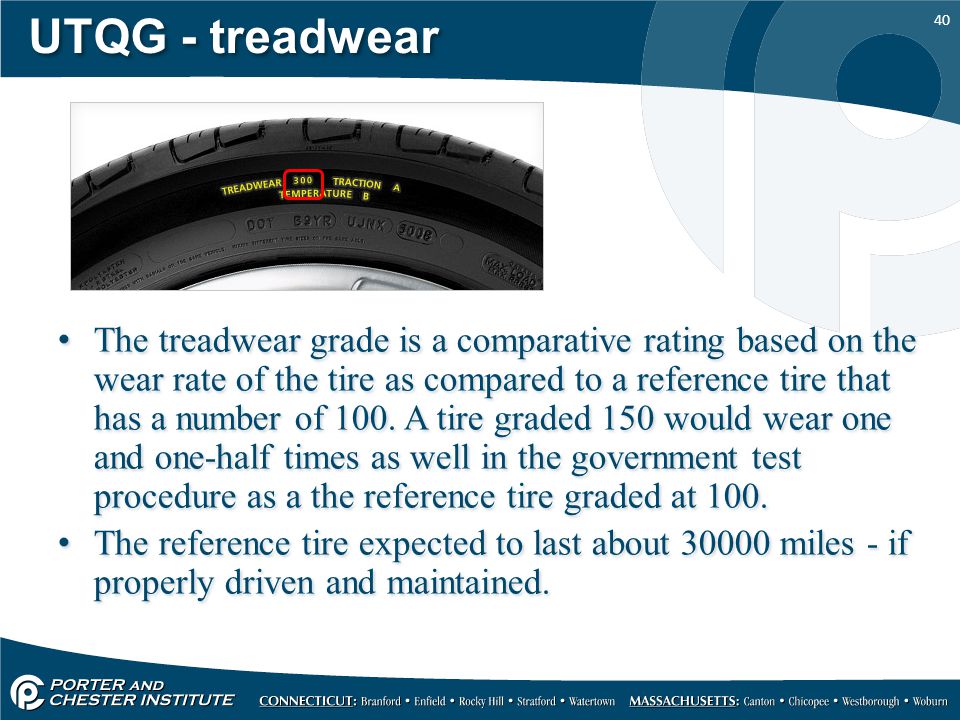 To calculate treadwear, tires are measured against a control tire given a rating of 100. If a tire has a 500 treadwear rating, that means it lasted five times longer than the control. Most passenger tires have between a 300 and 500 treadwear rating, according to data from SaferCar.gov.
To calculate treadwear, tires are measured against a control tire given a rating of 100. If a tire has a 500 treadwear rating, that means it lasted five times longer than the control. Most passenger tires have between a 300 and 500 treadwear rating, according to data from SaferCar.gov.
Traction: This grade measures how well your tires “grip” a wet road. Traction grades are given on a scale of AA, A, B, or C. Good day-to-day passenger tires typically receive an A rating.
Temperature: This grade evaluates a tire’s heat resistance on a scale of A, B, or C. Tires need to withstand different temperatures based on their specialization. Performance tires, for example, usually move at much higher speeds than all-season tires, and in turn, require higher temperature ratings.
It’s important to note that the NHTSA does not oversee UTQG tests. Tire testing and reporting are performed by manufacturers themselves or independent analysts hired by manufacturers.
Below, we’ve listed several top-rated Pirelli tire models and their treadwear, traction, and temperature ratings using data from SaferCar.gov.
| Pirelli Tire | Tire Type | Treadwear Score | Traction Score | Temperature Resistance |
|---|---|---|---|---|
P4 Four Seasons Plus | Passenger Standard touring All-season | 760 | A | B |
Scorpion Verde All Season | Crossover/SUV Touring All-season | 600 | A | A |
| Scorpion ATR | Light truck/SUV All-terrain | 520 | A | B |
| P Zero Nero All Season | Passenger Max performance Summer | 400 | A | A |
If you want to know more about a Pirelli tire you already own, you can check the tire’s sidewall for the UTQG grade.
Pirelli produces both original equipment (OE) and replacement models, and supplies tires for many prestigious car manufacturers. The most popular Pirelli tires are performance-focused. While the company does offer a few decent winter and all-terrain models, Pirelli tires are best on open roads or around the track.
The most popular Pirelli tires are performance-focused. While the company does offer a few decent winter and all-terrain models, Pirelli tires are best on open roads or around the track.
Using customer data from Tire Rack, we outlined some of the most popular Pirelli tires below. These models are well-regarded in the industry and have received largely positive reviews.
While Pirelli offers one of the longest tire warranties in the industry – a 90,000-mile treadwear warranty for the P4 Four Seasons Plus – most of its treadwear warranties are average.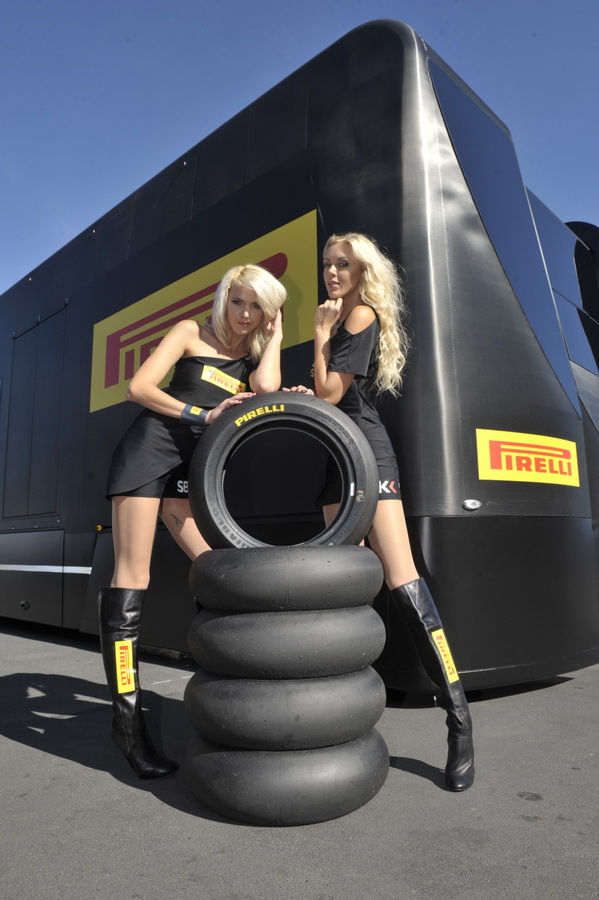 Since the manufacturer specializes in high-performance tires, this comes as no surprise.
Since the manufacturer specializes in high-performance tires, this comes as no surprise.
Here are a few examples of Pirelli tires’ treadwear warranties for replacement models:
Pirelli’s limited warranty covers repairs of any defective materials or workmanship after the first year of purchase or before the tire wears to 2/32-inch of the original tread.
On average, most Pirelli tires are well above $100 apiece. This is on the expensive side but is on par with the cost of Michelin and Goodyear tires. Many drivers don’t mind paying more for Pirelli tires because they’re highly specialized and often made for premium car brands.
Below, we’ve outlined the average cost of a few Pirelli tires.
| Pirelli Tire Model | Average Cost |
|---|---|
| Pirelli P4 Four Seasons Plus | $88 to $135 |
| Pirelli Scorpion Asimmetrico | $165 to $453 |
| Pirelli Scorpion All Terrain Plus | $150 to $292 |
Customer reviews can give you a better look at how Pirelli tires perform on the road and how the tires drive in different scenarios.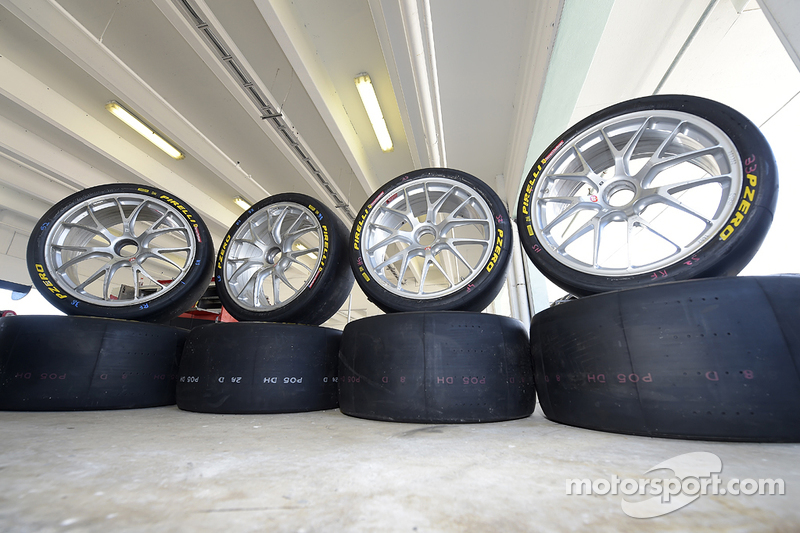 Pirelli received top marks in the 2020 J.D. Power Original Equipment Tire Customer Satisfaction StudySM for passenger tires. Out of 1,000 possible points, Pirelli scored 788, making it the frontrunner in the study.
Pirelli received top marks in the 2020 J.D. Power Original Equipment Tire Customer Satisfaction StudySM for passenger tires. Out of 1,000 possible points, Pirelli scored 788, making it the frontrunner in the study.
We detailed both positive and negative customer experiences below to give you a well-rounded idea of Pirelli’s pros and cons.
“[In] October 2016, the factory tires were replaced with Pirelli Cinturato P7s, and [I] immediately wondered why I waited so long to replace the old tires. Highway tire noise went to almost zero, [and] handling dry, wet, or [in] snow was a definite improvement. Fuel mileage [also] picked up about 0.5 mpg.”
– via Tire Rack
“[The Pirelli Scorpion Ice & Snow] are by far the best tires I’ve ever driven on in the winter. Five inches of ice and snow to three feet of snow… these tires did very well. Very comfortable tires, they do not wear fast, and they are quiet.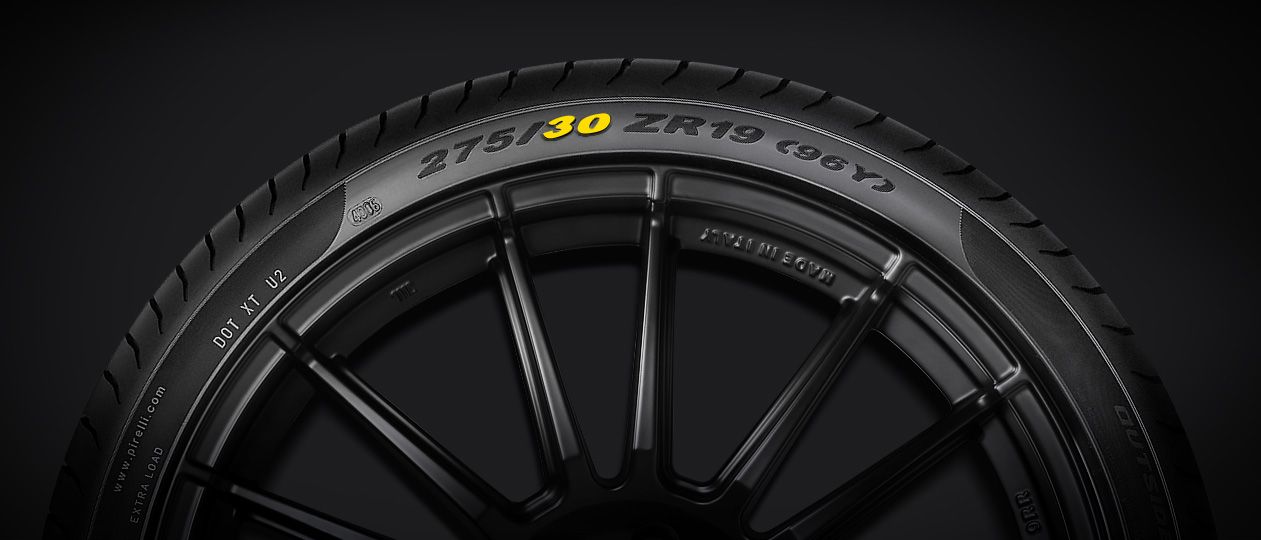 ”
”
– via Tire Rack
“If you are driving in any significant amount of rain, [the Scorpion Verde All Seasons] are terrible. Traction is horrible. There really is not much of a tread pattern to them. Driving in heavy rain recently, I had to slow down to 55 mph on the highway.”
– via Tire Rack
“[Pirelli P6000] OEMs are horrible. Tire noise is so loud that you think you are driving a monster truck vs. an Audi A6 4.2… Someone at Audi must have gotten a payoff from the OEM to use up these tires. I [cannot] see any engineer in his right mind putting these tires on this car.”
– via Tire Rack
Pirelli is a sound choice for performance tires. Customers are often impressed with their dry handling and low noise on the road. The manufacturer also produces quality models for the eco-conscious driver. However, Pirelli tires are expensive and regularly cost upwards of $100 per tire.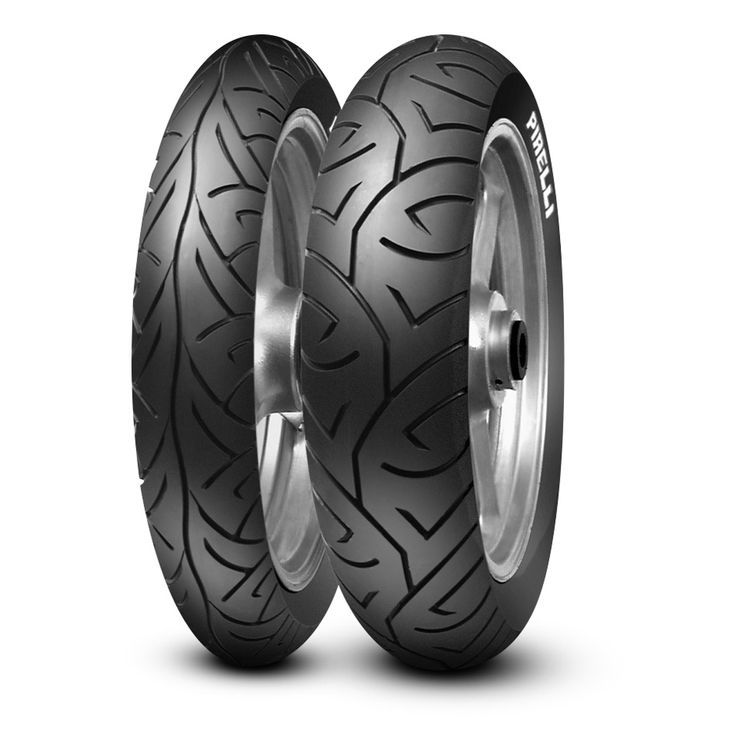 If you’re on a budget or want a tire better suited for the daily commute, consider other brands.
If you’re on a budget or want a tire better suited for the daily commute, consider other brands.
Michelin and Cooper are two of our top-rated tire manufacturers. Both are well-regarded in the industry and have received many positive customer reviews. In our 2021 tires review, we named Michelin tires the Best Overall and Cooper tires the Most Affordable.
Michelin produces excellent tire options across all categories, including all-season tires, summer tires, and all-terrain tires. Michelin models may have a higher price tag, but their high-quality rubber and design make them a worthwhile investment.
Learn more in our review of Michelin tires, or compare rates for Michelin tires right away at TireRack.com.
Drivers shopping for affordable tires that don’t compromise on quality should look to Cooper. A relatively new tire manufacturer, Cooper makes replacement models starting as low as $84 per tire.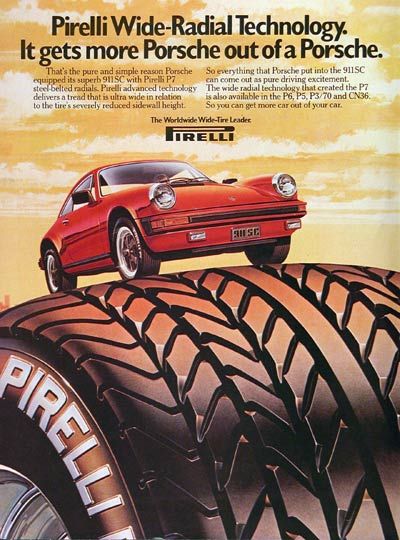 The tire manufacturer offers long-lasting treadwear warranties up to 80,000 miles, placing it in leagues with the industry’s more mature players.
The tire manufacturer offers long-lasting treadwear warranties up to 80,000 miles, placing it in leagues with the industry’s more mature players.
Read more in our full review of Cooper tires, or start shopping for Cooper tires at TireRack.com.
Pirelli is a strong choice for performance models and even a few winter models. However, the company’s tires are highly specialized and won’t be the right choice for every driver.
Is Pirelli better than Michelin?We rated Pirelli lower than Michelin in our 2021 best tires review, but Pirelli makes great options for luxury passenger cars. Which tire is right for you will depend on what you’re looking for.
Who are Pirelli tires made by?ChemChina makes Pirelli tires.
How long do Pirelli tires last?The longest Pirelli tread life warranty is 90,000 miles, but most of its models last between 50,000 and 65,000 miles.
Based out of Italy, Pirelli is renowned for its high-performance tires that are suited for both racing and regular-use purposes.
If you’ve recently started using Pirelli tires for your vehicles, you may be wondering – how long do Pirelli tires last? Here is what I’ve found out through my research!
Most Pirelli tire models such as the Scorpion and Cinturato last between 45,000-65,000 miles. A few models such as the P4 Four Seasons can have mileage warranties of up to 90,000 miles. Customers should replace their Pirelli tires if the tread depth falls below 2/32 inches.
If you want to know more about how long various Pirelli models last, when you should replace Pirelli tires, and much more, keep on reading!
Pirelli tires have Tread Wear Indicators located at the bottom of the grooves which have a depth of 1.6mm or 2/32 inches, i.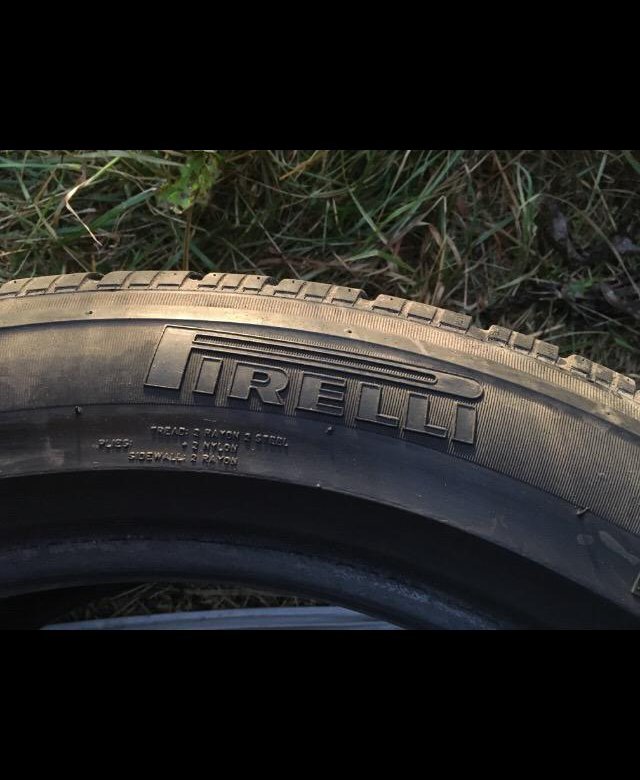 e. the minimum legal tread depth limit.
e. the minimum legal tread depth limit.
When the depth of your tire’s tread reaches this level at any point around its circumference, you will be legally required to get your tires replaced immediately.
Note that as a precaution, you should change your tires once the tread reaches 4/32” (3mm) in summer tires and 5/32” (4mm) in winter tires.
Additionally, tires that show swelling, cracks, cuts, objects in the casing, or irregular wear must be checked by a professional and replaced if required.
In any case, you should have a specialist thoroughly inspect your tires (including the spare tire) after 5 years of usage, regardless of how much your vehicle has traveled.
Pirelli P Zero tires do not come with a tread life warranty, but according to reports, they last between 30,000 – 40,000 miles (48,000 – 64,000 kilometers).
Pirelli Scorpion tires are best-suited for SUVs and come in a variety of models. Here is a list of several popular Scorpion tires and their mileage warranties:
Here is a list of several popular Scorpion tires and their mileage warranties:
The Pirelli Cinturato family includes two models, the Cinturato P1 Plus, and the Cinturato P7 All Season Plus.
The P1 Plus has a mileage warranty of 35,000 miles (56,000 kilometers), whereas the P7 All Season Plus has a mileage warranty of 70,000 miles (112,000 kilometers).
Pirelli’s Four-Season tires are made for customers who are looking for tires suitable for urban areas and for excellent handling and traction throughout the year.
Here are the popular Four-Season models sold by Pirelli, along with their mileage warranties:
Pirelli’s Run-Flat technology helps customers to safely drive their vehicles home in case their tire goes flat in the middle of the road.
Tires that are designated as ‘Run-Flat’ use reinforced sidewalls to withstand the weight of a vehicle for a short period of time even if the tire is punctured.
According to Pirelli, you can drive on a punctured Run-Flat tire for a maximum distance of 50 miles (80 kilometers), and under a maximum speed of 50 miles per hour (80 kph).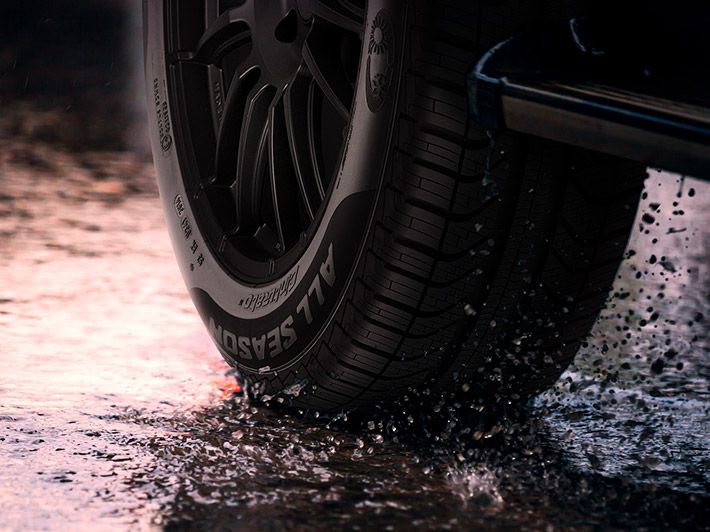
The most important measure you should use to determine if your tires are bad and need to be replaced is to measure the remaining tread depth.
Although many people use the Penny Test to measure tread depth, Pirelli has come up with a better way of making sure that your tread depth is above the minimum legal limit.
You can use the Tread Wear Indicators (TWI) found on every Pirelli tire in the form of small three-dimensional bars that are 2/32” in height and placed inside the tread channels.
If the tread surface of your tires reaches the level of these TWIs, it is a clear sign that your tread has reached the minimum legal limit and you should have them replaced.
Other than that, here are the signs you should be on the lookout for to identify a tired that has been damaged:
If you notice any of these signs, you should immediately get your tires inspected (and if necessary, replaced) by a professional tire mechanic.
Customers passionate about luxury and high-speed driving adore Pirelli tires due to their excellent handling and traction that delivers high performance on the road.
Additionally, Pirelli has also placed a strong emphasis on the energy efficiency and sustainability of its tires.
However, customers should note that Pirelli tires are not the best choice for those shopping for tires on a budget.
To know more about tires, you can also see our posts on how long do Toyo tires last, how long do Michelin tires last, and how long do Bridgestone tires last.
Several Pirelli tire models can last up to 90,000 miles, but most of the models last between 45,000 and 65,000 miles.
Customers should use the Tread Wear Indicators on the tires to measure tread depth and replace the tires if the tread depth reaches (or falls below) 2/32 inches, or 1.6mm.
2 reviews Marina
Tires Pirelli Formula Energy
Advantages
Soft tyres, good grip
Drawbacks
No
The tires are pleasant to use, the pattern is asymmetric, but the consultants said that this is the norm, it does not affect the balance) The grip is excellent, they slow down quickly)
Read review
2 reviews Andrew
Tires Pirelli Powergy
In May, I received summer tires from storage and they offered me new Pirellis (set) and immediately put them on.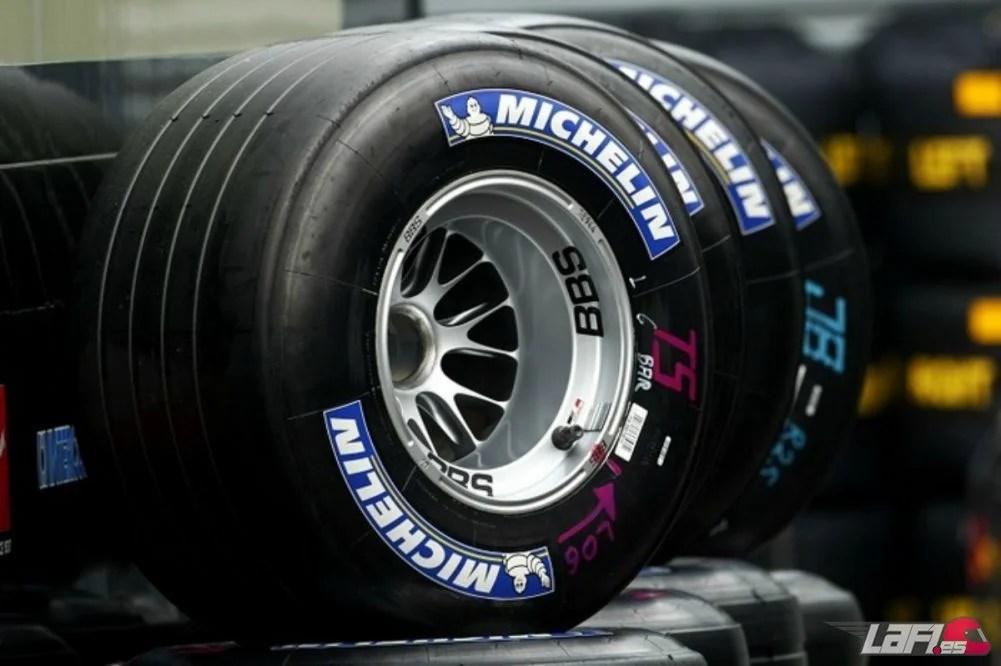 Glad you agreed. The whole story took no more than 30 minutes and I was with new tires without searching, trips and other accompanying fuss. Yes, not cheap, but fast. Sometimes it's worth it.
Glad you agreed. The whole story took no more than 30 minutes and I was with new tires without searching, trips and other accompanying fuss. Yes, not cheap, but fast. Sometimes it's worth it.
Read review
1 review Yura
Tires Pirelli P Zero (PZ4)
Virtues
Excellent behaviour. They gave an extended warranty on tires (so far, fortunately, it has not come in handy)
Drawbacks
Not the cheapest tires
Expensive, but I liked it in the store so I took it. They gave an extended warranty, which, fortunately, has not come in handy so far. The rubber is strong enough, it holds a blow well (it fell into the pits). Depreciation is already almost by the end of the season and is not noticeable (has already rewound 15-16 thousand). Behavior is clear. Road holding is very good. In ruts, the car does not shake. The steering is excellent. Brakes even from high speed very well and predictably.
They gave an extended warranty, which, fortunately, has not come in handy so far. The rubber is strong enough, it holds a blow well (it fell into the pits). Depreciation is already almost by the end of the season and is not noticeable (has already rewound 15-16 thousand). Behavior is clear. Road holding is very good. In ruts, the car does not shake. The steering is excellent. Brakes even from high speed very well and predictably.
Read review
1 review Novel
Tires Pirelli Cinturato Winter
Advantages
soft, stable, tenacity.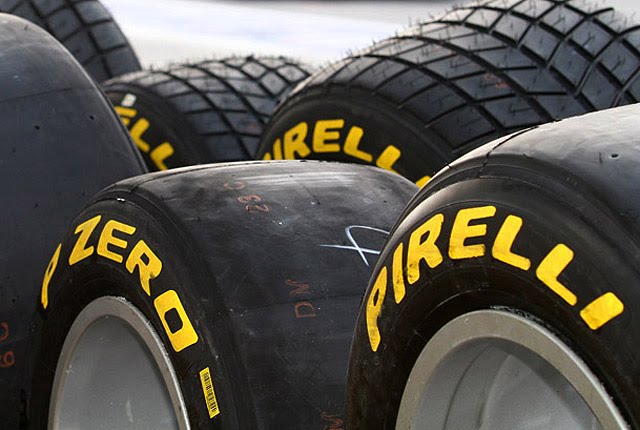
I don't see any flaws
The third season went or 25 thousand km on winter Pirellis in size 205 / 55R16, a car ford focus 3 did not expect that, on winter wheels, this car can become so comfortable, rides softly, does not shake, holds any winter road well, on in frost minus 20 it still remains soft, which is probably why it retains good tenacity.
Read review
5 reviews Knutov
Tires Pirelli Ice Zero FR
Advantages
sticking effect, soft, strong sidewall.
Disadvantages
not noted, so far so good
did not think that simple wheels without spikes could hold ice or snow well, these are my first clutches, or Velcro as they are called. On the first ice, I immediately began to experience them, surprisingly very reluctantly, they break into a skid in order to provoke a side slip or sleep of the front end, it is still necessary to try and this is on ice. Plus to the advantages, they do not make noise like spikes and are quite comfortable. I flew at a speed of two times into the pits, the blows were strong, but the rubber withstood.
Read review
19 reviews Alexei
Tires Pirelli Cinturato P1 Verde
Advantages
Works well on asphalt in any summer weather at any speed.
Disadvantages
Very insecure off-road.
Excellent tyre. Great on asphalt. Doesn't ride very well in mud, but usually it's not necessary. Good for the city and for long distance runs.
Read review
3 reviews Victor
Tires Pirelli Winter Sottozero 3
Features
excellent grip on a slippery road
Disadvantages
mileage so far 1500 km, no cons revealed.
do not slip on slippery hard rolling, on wet roads, after melted snow there is no aquaplaning. In severe frost, they do not freeze, do not become rigid.
Read review
6 reviews Margaritta Viktorovna
Tires Pirelli Scorpion Winter
Advantages
Noise no more than others. Holds up well. Differences (summer \ winter) in braking on Moscow roads did not notice.
Deficiencies
not found \ yet.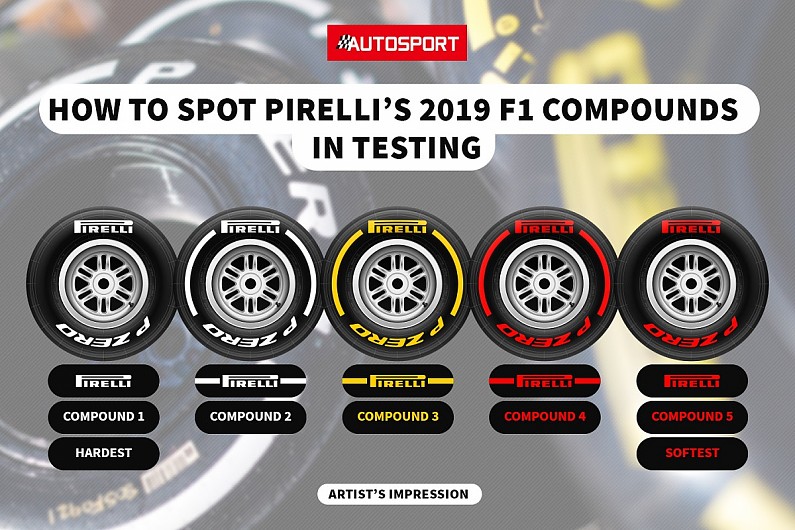 operation of this rubber since November.
operation of this rubber since November.
For a long time there was a question of spikes/Velcro. Previously there were spikes. I don’t drive outside of Moscow in winter, which is why I chose non-studded tires. No experience in heavy snow. Porridge, ice keeps well, and slows down perfectly, I like it, I did not regret my choice. I was very pleased with the promotion for the purchase of wheels, a trifle (as a gift, "changing shoes" is free), but nice.
Read review
6 reviews Sergey
Pirelli P Zero tires
Advantages
holds the road well, including in turns at speed, excellent handling at all speeds
Disadvantages
tires are really prone to hydroplaning, tested in 2008 on the Simferopol highway (Tula-Moscow): in heavy rain, the speed is 130-140, it was dangerous to drive faster .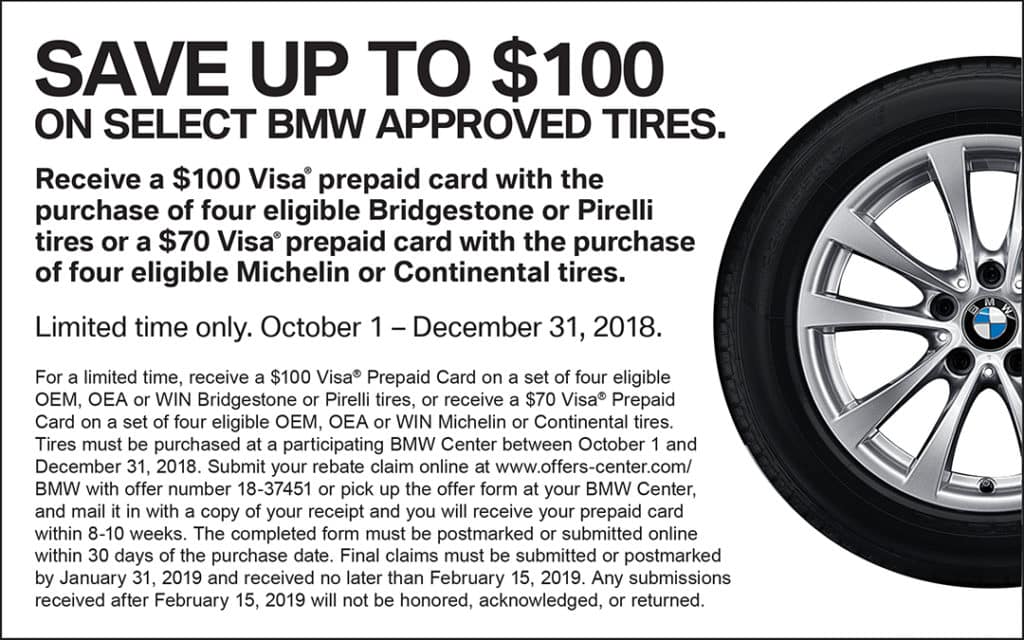 .. to be honest, I don’t know if this is a disadvantage or an advantage ...
.. to be honest, I don’t know if this is a disadvantage or an advantage ...
Read review
15 reviews Denis
Tires Pirelli Ice Zero
Advantages
Good studded tires, there were no problems on the pavement, it rows perfectly in the snow.
Disadvantages
I don't see the point in sucking the disadvantages out of your finger. Noise like any studded tires, no more, no less.
Read review
6 reviews Sergey
Pirelli Formula Ice tires
Advantages
Holds the road well, grip is good, the noise is not big, there are more expensive brands that make a lot of noise. So I am satisfied with these wheels ...... balancing with a minimum weight of weights.
Shortcomings
Not yet
Read review
5 reviews Alexander Mikhailovich
Tires Pirelli Scorpion Verde
Advantages
Resistant to water, small road bumps, ruts; minimal wear, quiet
Faults
not found
At speed, it holds dry surfaces perfectly, confidently enters turns, and performs all maneuvers on the road predictably. As indicated in the merits (for me these are important points), this rubber is not afraid of our usual road conditions. Plus, it is quiet, the operation of the rubber is audible only with the windows open, which is also nice - it does not creak or squeal when cornering. Took Mercedes-Benz GLA instead of Nokia last season, I'm not going to change back,
As indicated in the merits (for me these are important points), this rubber is not afraid of our usual road conditions. Plus, it is quiet, the operation of the rubber is audible only with the windows open, which is also nice - it does not creak or squeal when cornering. Took Mercedes-Benz GLA instead of Nokia last season, I'm not going to change back,
Read review
4 reviews Ruslan
Tires Pirelli Scorpion Verde All Season
Pros
decent crossover tires
Shortcomings
none
Put Pirelli on Kia Sportage instead of Conti Eco Contact two seasons ago. Judging by the minimal wear, this rubber will still serve me. And this is good. Because I really liked how she showed herself on our roads. On a dry road or on a wet road, the car's handling is excellent, the grip is very decent even in heavy rain, at 100 km / h the car goes clearly, does not wag. Not afraid of small bumps. Gravel road, slush, low grass passes confidently. All of the above is enough for me, I like rubber.
Judging by the minimal wear, this rubber will still serve me. And this is good. Because I really liked how she showed herself on our roads. On a dry road or on a wet road, the car's handling is excellent, the grip is very decent even in heavy rain, at 100 km / h the car goes clearly, does not wag. Not afraid of small bumps. Gravel road, slush, low grass passes confidently. All of the above is enough for me, I like rubber.
Read review
16 reviews Danila
Tires Pirelli Cinturato P7
Advantages
Very quiet.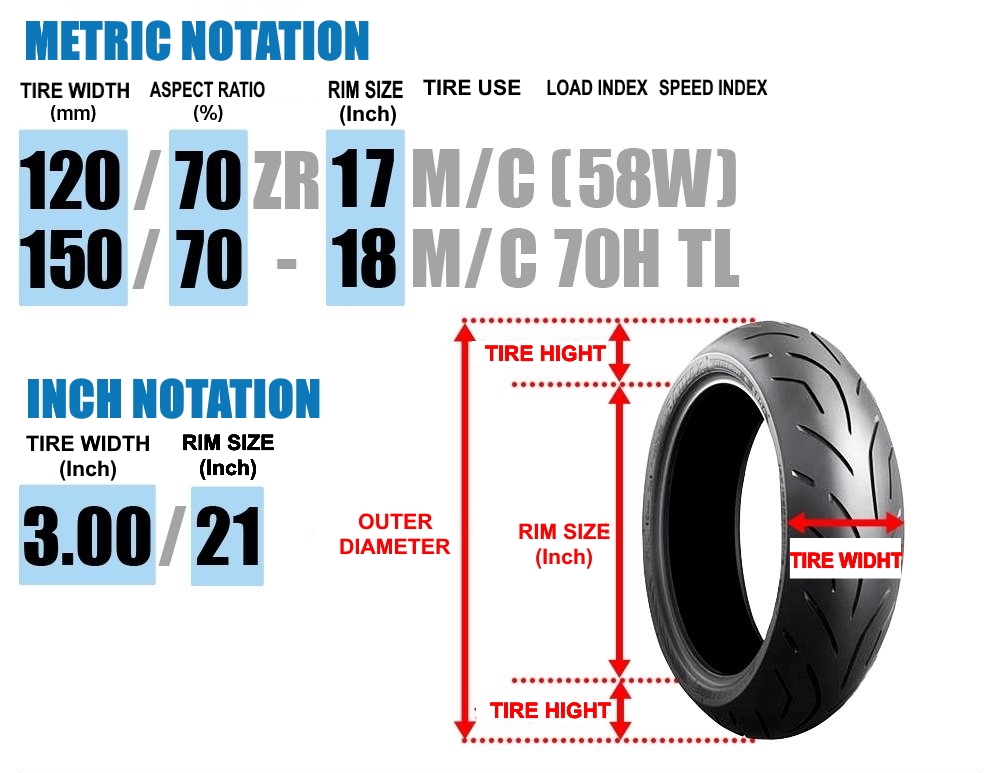 Very tenacious. Great for aggressive and fast riding.
Very tenacious. Great for aggressive and fast riding.
Shortcomings
Not yet
I put these Pirellis and in fact completely compensated for certain shortcomings of my car: stiffness of the suspension and bad noise. The car has become much nicer in terms of comfort. And the cabin is much quieter. With aggressive and high-speed driving, the rubber does not fail - tenacity, taxiing - everything is on top.
Read review
2 reviews Alexander
Tires Pirelli Winter Sottozero Serie II
Bought less than a month ago and installed immediately.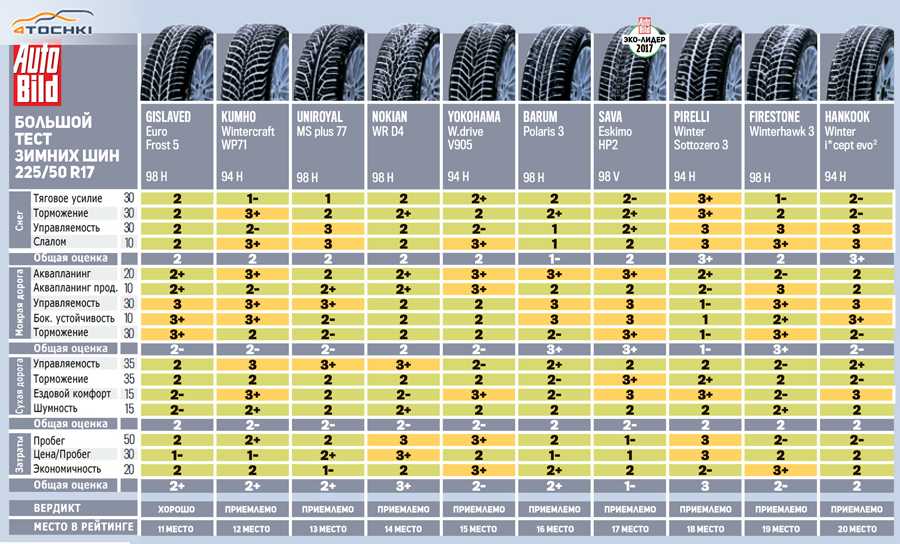 I didn't feel any difference between the summer Contact3 and the sotto zero2, unless there was a lot of drift on tight corners. We'll see how it performs in snow and ice. Then I will add while I advise ...
I didn't feel any difference between the summer Contact3 and the sotto zero2, unless there was a lot of drift on tight corners. We'll see how it performs in snow and ice. Then I will add while I advise ...
Read review
7 reviews
Tires Pirelli Cinturato P1
I agree with the first comment - more thorough balancing was needed. I went to Dunlop sp sport-01 (91V) (by the way, I liked it) for five years. Pirelli is softer in comparison, but "sport" is "sport"...
Read review
1 review
Tires Pirelli Scorpion ATR
Tires are modern, good enough cross-country ability on any surface (asphalt, sand, mud, pebbles).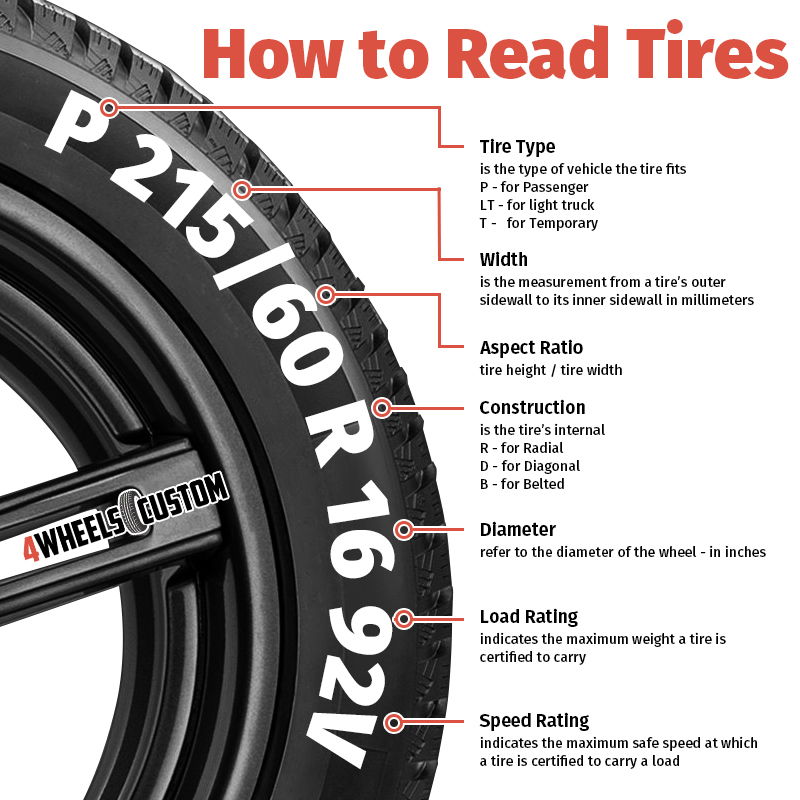 Made in Brazil. Their main advantage is the directional stability of the car. The disadvantage is that if there is an M + S marking, they are not suitable for the harsh Russian winter.
Made in Brazil. Their main advantage is the directional stability of the car. The disadvantage is that if there is an M + S marking, they are not suitable for the harsh Russian winter.
Read review
2 reviews Novel
Tires Pirelli Scorpion MTR
Advantages
I checked the tires in Krylatskoe. Rows great. Never got stuck anywhere. Never included lowering and blocking bridges. On the highway soft and comfortable. Ideal for your money.
Defects
No
Read review
1 review Denchik
Tires Pirelli P Zero Asimmetrico
Advantages
holds both dry and wet asphalt at speed, perfect handling at speed
Disadvantages
not found
Rubber perfectly holds the road, on a dry road, on a wet one - there is no difference in the clarity of the response to the steering wheel. At speed it goes smoothly, quite softly and quietly. The protector perfectly removes water, so that even in small puddles the car does not blow away. The disadvantages could include sensitivity to road irregularities, but this is more likely a minus for roads, not rubber, on a good track it behaves very worthily. I put pirelli on Jaguar S-Type (2012) instead of Goodyear Eagle F1 Asymmetric, and I like pirelli more.
At speed it goes smoothly, quite softly and quietly. The protector perfectly removes water, so that even in small puddles the car does not blow away. The disadvantages could include sensitivity to road irregularities, but this is more likely a minus for roads, not rubber, on a good track it behaves very worthily. I put pirelli on Jaguar S-Type (2012) instead of Goodyear Eagle F1 Asymmetric, and I like pirelli more.
Read review
3 reviews Victor
Tires Pirelli Chrono Winter
Advantages
Soft, the car confidently overcomes the snow-covered track, the tires showed their best on ice.
Defects
not found
Looking for summer pirelli
Read review
The tire tread is the outer part of the wheel that provides traction in all weather conditions. The protectors inevitably wear out during the operation of the car, the working height of the slope decreases. The residual tread depth should be periodically monitored and the set of tires should be renewed in time - this will reduce the risk of losing control of the car and save the car owner from fines from the traffic police.
Tread wear rate depends on many factors:
Measuring the thickness of the tread layer will allow you to accurately determine the degree of tire wear and make a decision in time to replace them with new ones.
Different tires have different wear limits. Tread depth affects vehicle handling and road safety.
| According to Chapter 5 of the SDA, limiting norms for the height of the tread pattern have been established. For category M1 - passenger cars - as well as vehicles of categories N1, O1 and O2, the minimum allowable value is 1.6 mm. When using winter tires on snowy or icy surfaces - the limit is 4 mm. |
Let us explain what categories of vehicles we are talking about:
N1 - vehicles intended for the carriage of goods, having a technically permissible maximum mass of not more than 3.5 tons;
O1 - trailers, the technically permissible maximum mass of which is not more than 0.75 tons;
O2 - trailers, the technically permissible maximum weight of which is over 0.75 tons, but not more than 3.5 tons.
The traffic police officer has the right to measure the residual depth with a verified device. In case of a recorded violation, a fine is imposed on the car owner.
The new summer tire has an average tread depth of 7-8 mm. The service life of summer tires is usually 3-5 seasons with average mileage and moderate driving style.
| Residual height limitation by law is 1.6 mm. However, with a remaining outer layer of 3 mm, the machine is already difficult to control, grip deteriorates, and a safety hazard arises. |
Do not wait until the critical value is reached. Make sure you change tires in advance.
Winter tires are used in severe weather conditions: low temperatures, icy conditions, on snowy road surfaces. Worn elements make the tire ineffective on slippery winter roads. Accordingly, a more serious approach to the condition of the tire tread is needed.
Non-studded friction tire (Velcro) with a tread depth of 8-9mm. A new studded model - from 9 to 11 mm, some firms produce a tread with a height of 12-18 mm.
| If the tread wear is up to 4-5 mm, the winter set of tires needs to be replaced. In addition, the loss of more than 50% of the metal spikes is also a reason to change the car's shoes. |
The average life of winter tires is 2-4 years.
Universal all-weather is used in a temperate climate both in winter and in summer, it is optimal at temperatures from +10 to -10˚C. This type of tire is not suitable for use in snowfall or severe frosts. SDA allows the use of all-season tires in the winter if there is a special marking:
| All-season tires last 3-4 years on average. In summer, at high temperatures, all-weather tires wear out much faster. |
You can estimate the remaining tread layer in various ways:
On some tire models there are special volumetric indicators in the form of jumpers. Check: if the tread layer is worn down to the level of the jumpers, the tire is not suitable for further use.
On the surface of certain types of tires, manufacturers knock out numbers of various depths. Depreciation is assessed visually - by the visibility of individual numbers.
With the help of measuring instruments: from a metal ruler, caliper, depth gauge to an electronic tread depth gauge.
Many motorists measure the remaining tread depth with a coin. Warning: this method of measurement is not accurate. It will not show you actual tire wear figures.
Tire tread height should be measured at least at 6 different points, preferably at 9 or even 12: in the center and from both edges of the tread, at different points around the circumference of the tire.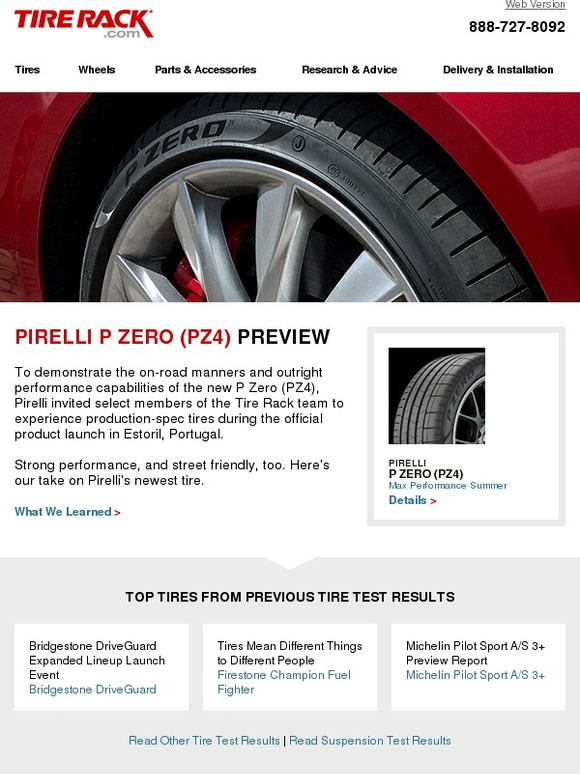 The measurement results at all specified points must match. If they do not match, then the tire wears unevenly. The driver should find out why this is happening. Some causes of uneven tire wear are low or high pressure in them relative to the regular one, suspension failure, extreme driving style.
The measurement results at all specified points must match. If they do not match, then the tire wears unevenly. The driver should find out why this is happening. Some causes of uneven tire wear are low or high pressure in them relative to the regular one, suspension failure, extreme driving style.
Old tires have become unusable, the amount of tread remaining is approaching a critical line - no need to take risks, it's time to change your car's shoes. There is a great temptation to get by with small financial costs and purchase a set of used tires. Be careful!
Sellers advertise used tires as good or excellent condition. Do not be too lazy to personally measure the height of the tread layer. And remember: for winter tires, a residual tread depth of 4 mm is already 100% wear.
When buying used tires, it is important to remember that tires from different manufacturers and seasonality initially have different tread heights (when they are new). And most importantly: the tires have, accordingly, different wear limits - the tread depth at which the tire begins to lose important characteristics. These differences are most noticeable in winter and summer tires. Keep these points in mind when measuring the remaining tread depth of used tires.
These differences are most noticeable in winter and summer tires. Keep these points in mind when measuring the remaining tread depth of used tires.
The quality of domestic roads, unfortunately, does not allow tires to be used for 7–10 years. If you still decide to buy a used kit, check the year of manufacture - it is better not to consider tires older than 8 years.
there is no guarantee for tires bought from hands;
the seller can cheat - for example, offer tires from different manufacturers in one set. Some especially enterprising salesmen even cut the tread on the worn rubber, as if the tires had not yet worn out;
you will have to spend a lot of time picking up tires from private sellers - much of what is put up for sale is only suitable for recycling;
Products may have hidden or visible defects. Visible are punctures, tears, cuts. A tire with a lot of damage can collapse in motion.